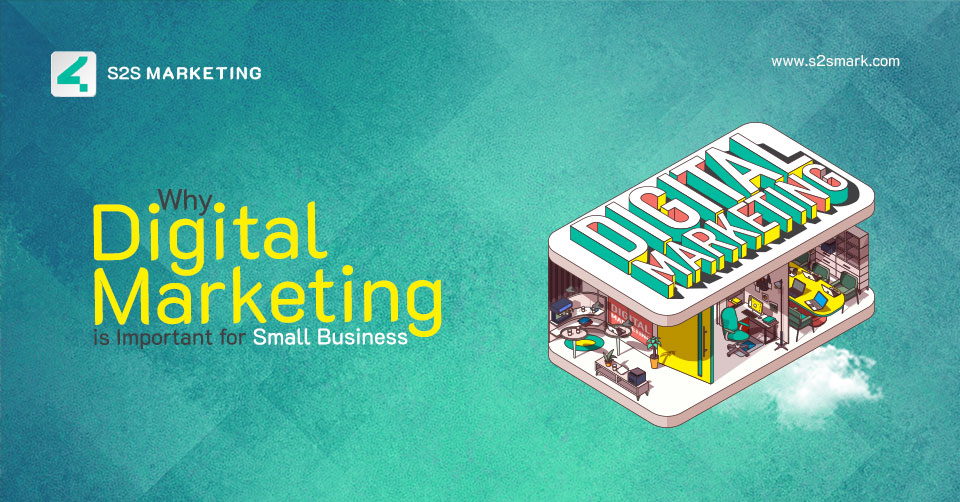The world’s best brands tell rich story lines which communicate the basic human urge to feel connected. By perfecting the craft of storytelling, brands such as Nike and McDonald’s have transformed ordinary clients into brand leaders. They are readily identifiable and have become deeply ingrained in our ordinary routine.
Many of these leading brands convey their narratives in a few words or less. Nike’s iconic “Just Do It” taps into the fighter spirit in all of us, while McDonald’s “I’m Lovin It” makes us long for simpler times.
But they didn’t get there instantly.
Content marketing is now more meaningful, with client lifetime value becoming a good predictor of a sustainable business. To push repeat customers and establish authentic relationships with their audiences, marketing professionals should use narratives at the heart of their campaigns. Here are a few guiding principles to get you started.
Construct distinct brand experiences
We enjoy telling and hearing stories, but it’s simple to get tired of hearing the same message from numerous sources.
A unique and memorable experience encapsulates your values and communicates these distinct messages at each customer touchpoint. You should create experiences that go beyond your core product offerings to demonstrate your commitment to the success of your supporters.
Lululemon, for example, has this covered.
What began as a product line for yoga enthusiasts has evolved into a global phenomenon for all things active. They did not, however, win hearts by shouting their message at their supporters. They’ve created a community centered on the Lulu lifestyle, solidifying their place in their customers’ lives.
They’ve built these relationships through one-of-a-kind experiences like fitness classes and activities that provide immediate value to customers while also indirectly promoting their products. This approach has enabled them to cultivate devoted fan bases who proudly represent Lululemon as their go-to activewear brand, resulting in consistent growth and increased customer LTV for the company.
When possible, personalize
How do you cut through the noise when there are so many brands vying for attention?
The key is to create personalized experiences that make your customers feel valued. This strategy applies to both online and offline interactions with your brand.
Sending abandoned cart emails to trigger a purchase, personalizing shopping recommendations, or even using a customer’s name when they log into their accounts are all examples of online personalization. You can go even further by tailoring your messaging to target specific audience segments with highly personalized landing page experiences.
Reward fidelity
Customers who champion brands are essential to their existence.
These devoted followers can propel your brand forward and are an important part of your current and future success. So why not make them a part of your brand’s story?
These expressions of gratitude can go a long way towards increasing customer affinity for your brand and rewarding them for doing business with you. You can also use these programmes to get more referrals, giving you an even larger platform to promote your brand.
Morning Brew, the publishers of a widely read newsletter, experienced explosive growth during the pandemic, thanks in part to their willingness to thank readers for spreading the word.
They’ve created a referral system that significantly compensates their most loyal followers while still offering minor incentives to newer supporters by creating a tiered system with increasingly substantial rewards. Many other large brands have seen the benefits of incorporating customer perks into their marketing strategies in order to improve retention and LTV.
Concentrate on your customers
Creating a strong brand narrative allows you to provide customers with memorable, personalized experiences. It also allows you to make more genuine connections with your community and to meaningfully reward loyalty.
Taking a holistic approach to brand development will provide short-term benefits for your company, but the true value will be revealed in long-term customer loyalty and increased LTV.
Conclusion
To conclude, building a story around one’s product with simple straightforward thinking isn’t as obscure as it used to be. Sometimes, a few words rather than a whole lot of clutter does better in attaching people to a brand’s message. By paying attention to these specific touchpoints, a small message can resonate with millions!





